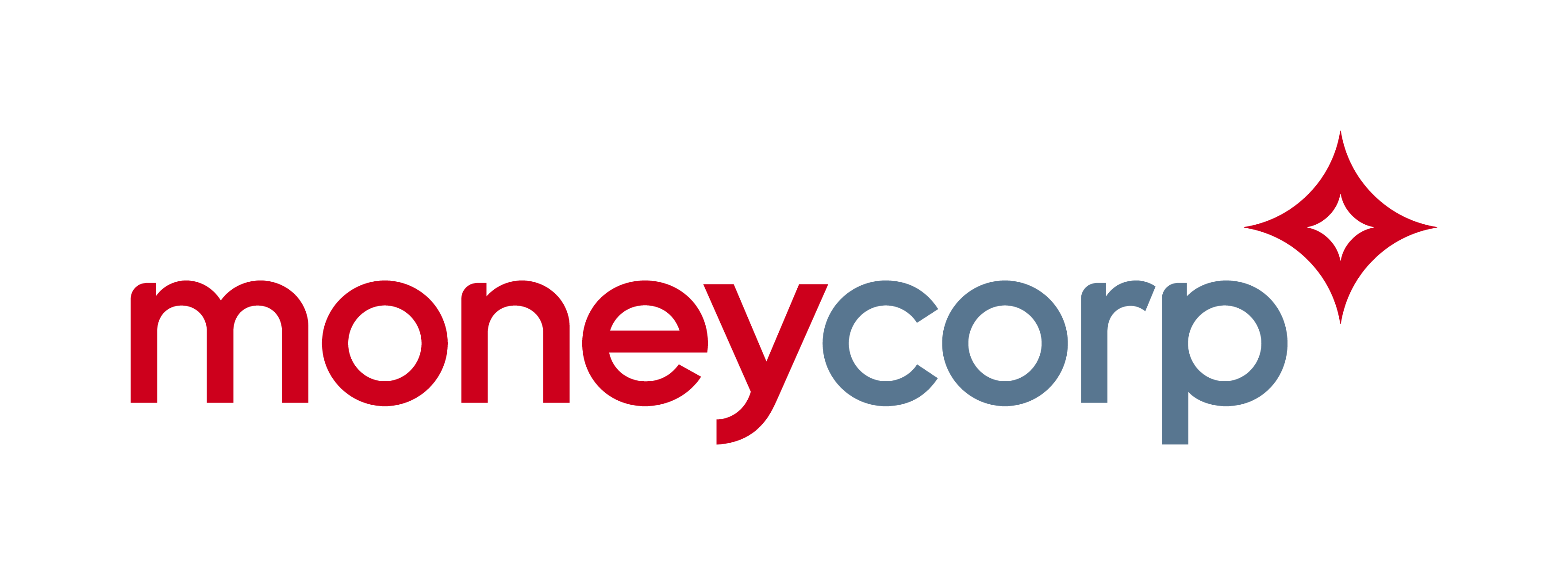Economic Update
Stay informed about the latest economic developments in the UK, Eurozone and the US. Get insights into key indicators and currency trends in this comprehensive economic update blog.

Sterling stumbles as central banks face a balancing act
5 minute read04 August 2025
GBP
Sterling enters the week under pressure, not just from external forces but from a growing internal dilemma. The Bank of England faces a difficult decision when it meets this Thursday. Inflation is currently running at a 17-month high, more than 1.5% above the 2% target, while GDP has contracted for two consecutive months, and job losses continued to mount through the spring. This uncomfortable mix of high inflation, stagnant growth, and rising unemployment is textbook stagflation, a scenario that’s notoriously hard to resolve.
The BoE is caught between two imperatives: keeping rates elevated to tame inflation or cutting them to support a fragile economy. Current market pricing suggests a 0.25% rate cut is the most likely outcome, continuing the Bank’s once-a-quarter pace of easing. But the real focus will be on forward guidance. Any signal on the Bank’s future path could be pivotal for sterling’s short-term direction.
As for the currency itself, it’s increasingly being driven by its heavier-traded peers - the euro and the dollar. Sterling’s trajectory feels somewhat out of its own hands for now, with political noise and external macro forces taking the lead.
EUR
The euro starts the week in a position of strength, buoyed by Friday’s developments in the US. While the calendar is light for the single currency, Tuesday’s PMI releases will be closely watched. These leading indicators of health in the manufacturing and services sectors can move markets, even if expectations are for minimal deviation from previous readings.
The broader narrative remains supportive. The European Central Bank’s steady rate-cutting cycle, combined with investor preference for EU assets, has helped the euro outperform. And with the dollar showing signs of fragility, the euro could continue to benefit from the inverse relationship that’s taken hold in recent weeks.
That said, the euro’s strength is not guaranteed. Any shift in sentiment, whether from disappointing data, geopolitical developments, or renewed dollar strength, could reverse the trend. For now, though, the euro looks well-positioned to capitalise on the dollar’s vulnerabilities.
USD
The dollar’s direction this week will be shaped by the fallout from Friday’s payrolls revision - one of the most significant downward adjustments in history. It’s a stark signal that the US job market may not be as resilient as previously thought, and it could be the catalyst the Federal Reserve needs to deliver the rate cut President Trump has been demanding.
Political pressure on the Fed is intensifying. Following the departure of Erika McEntarfer on Friday, President Trump must now seek replacements for both the Commissioner of the Bureau of Labour Statistics and a Federal Reserve Governor, as Adriana Kugler steps down on August 8. These appointments will be scrutinised for both their independence and their alignment with the administration’s agenda and could have long-term implications for Fed policy and USD volatility.
Economic data is light for the dollar this week, with Tuesday’s PMI release the only notable macro event. That leaves markets focused squarely on political developments and the broader implications of Friday’s data. With fiscal concerns, leadership uncertainty, and weakening labour market signals all converging, the dollar is undoubtedly the currency to watch.
Author
Oliver Pragnell
Private Dealer
Views expressed in this commentary are those of the author, and may differ from your appointed Moneycorp representative. This commentary does not constitute financial advice. All rates are sourced from Bloomberg and forecasts are taken from Forex Factory.


